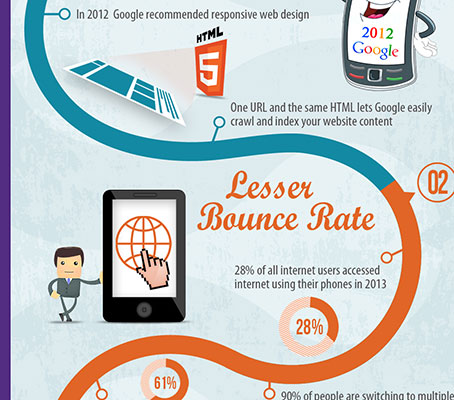Interested In Discovering Just How Website Layout Has Changed Over The Years? Discover The Trip
Interested In Discovering Just How Website Layout Has Changed Over The Years? Discover The Trip
Blog Article
Produced By-Kahn Stender
In the past, internet sites were basic and concentrated on information. Navigating was direct, and layout was for desktops. Currently, customer experience is essential. Data overviews layouts for simple navigating. Responsive layouts fit different devices. Today, dark mode reduces stress, and minimalist menus boost navigation. Interactive features involve users, and bold visuals stick out. AI combination increases interaction. See just how just click the up coming post has actually progressed to improve your on the internet trip.
Early Days of Website Design
In the early days of web design, simpleness preponderated. Sites were basic, with minimal colors, font styles, and layouts. The focus got on giving details rather than fancy visuals. Individuals accessed the net with sluggish dial-up connections, so speed and performance were key.
Navigating menus were straightforward, usually situated on top or side of the web page. Web sites were made for desktop computers, as mobile surfing wasn't yet widespread. Content was king, and designers prioritized easy readability over complex layout elements.
HTML was the primary coding language used, and designers needed to work within its restraints. Animations and interactive functions were minimal compared to today's standards. Sites were static, with little vibrant material or customized individual experiences.
Increase of User-Focused Style
With the evolution of internet site style, a change in the direction of user-focused design principles has actually come to be increasingly noticeable. Today, developing internet sites that prioritize customer experience is critical for involving site visitors and achieving service goals. User-focused design entails understanding the needs, choices, and actions of your target audience to customize the site's design, web content, and includes accordingly.
Developers currently carry out complete research, such as customer studies and use screening, to collect insights and feedback straight from individuals. This data-driven method helps in creating user-friendly navigation, clear calls-to-action, and aesthetically attractive user interfaces that resonate with site visitors. By putting the customer at the center of the design process, websites can deliver a much more tailored and pleasurable experience.
Receptive style has actually additionally emerged as a vital aspect of user-focused layout, ensuring that websites are optimized for numerous gadgets and display dimensions. This adaptability boosts accessibility and functionality, catering to the diverse ways individuals communicate with sites today. Fundamentally, the surge of user-focused style symbolizes a change in the direction of creating electronic experiences that focus on the needs and assumptions of completion individual.
Modern Trends in Web Design
Check out the current patterns forming web design today. One famous pattern is dark mode design, supplying a streamlined and contemporary appearance while reducing eye stress in low-light environments. Another crucial fad is minimalist navigation, simplifying menus and improving user experience by concentrating on essential elements. Including micro-interactions, such as animated buttons or scrolling results, can produce a much more interesting and interactive internet site. Responsive design remains crucial, making certain smooth customer experiences throughout different gadgets. Additionally, using bold typography and asymmetrical designs can add aesthetic interest and accentuate particular material.
Incorporating AI technology, like chatbots for consumer support or individualized referrals, improves user engagement and improves procedures. Ease of access has likewise end up being a substantial fad, with designers focusing on comprehensive layout techniques to cater to diverse customer requirements. Accepting sustainability by optimizing internet site performance for rate and efficiency is an additional emerging fad in website design. Collaborating with individual feedback and information analytics to repeat and enhance layout continuously is necessary for remaining pertinent in the ever-evolving digital landscape. By embracing these modern fads, you can develop a visually attractive, user-friendly site that reverberates with your audience.
Conclusion
As you assess the advancement of site design from the very early days to now, you can see how user-focused layout has become the driving force behind contemporary trends.
Embrace the journey of modification and adjustment in website design, constantly keeping the customer experience at the center.
Tippingpointdigital
Keep existing with the most recent patterns and innovations, and never ever stop developing your method to create aesthetically stunning and easy to use internet sites.
Advance, adjust, and create - the future of website design remains in your hands.
